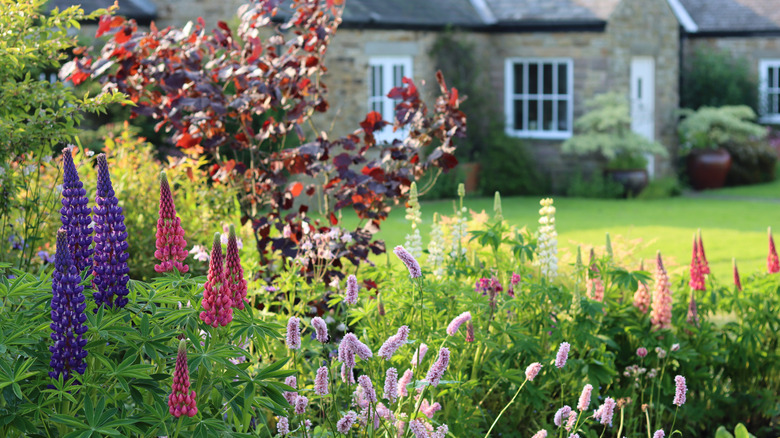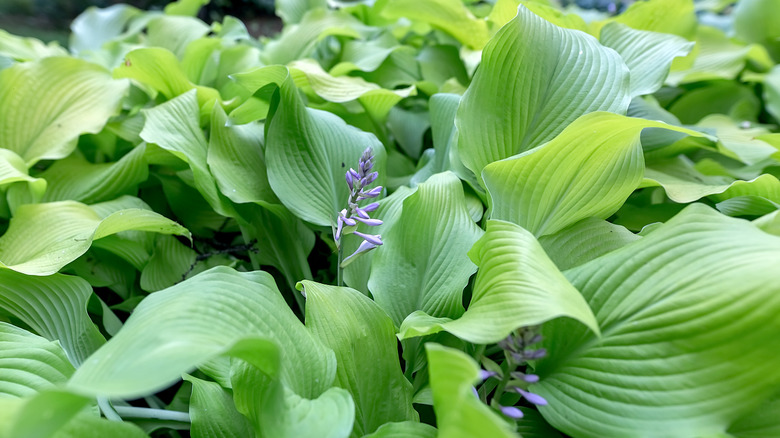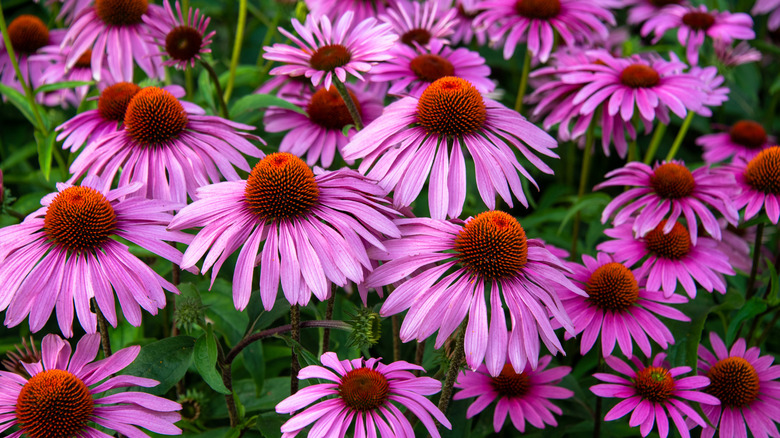Flowering Perennials That Will Keep Your Garden Looking Lush All Year Long
Every gardener loves stepping into a yard that's bursting with color and feels full no matter the season. But to keep that color going all year, you need plants that bloom at different times instead of all at once. Flowering perennials are a great choice because they flower in different seasons and still help your garden look full even when they're not blooming. Since they return year after year, you won't have to spend as much time or money filling gaps in the garden each season.
Plants like hostas, irises, purple coneflowers, and 'Autumn Joy' sedum are perfect for this kind of year-round display. Not only do they bring bright flowers throughout spring, summer, and fall, but their wide leaves, tall stems, and dense growth help fill empty spaces and keep the garden looking full and vibrant for months. By combining plants that bloom at different times and offer bold foliage, you can enjoy a lush, colorful garden from one season to the next.
Irises and hostas bring lasting beauty to your garden
Irises and hostas are two great choices when you want a garden that stays full, colorful, and budget-friendly. Since both are perennials, they come back year after year, saving you from having to constantly replant or fill empty spots. Irises bloom in spring, usually from April to June, with large, eye-catching flowers perched on slender stems. They thrive in USDA Hardiness Zones 5 through 9.
Their blooms come in a variety of shades, including purple, yellow, white, and even mixed colors. Once the flowers fade, irises aren't done pulling their weight. Their sword-like leaves stick around to add height and help beds look neat instead of empty. Irises should be planted in sunlight and well-drained soil. Moreover, they can handle a variety of growing zones across the country.
Hostas, meanwhile, shine for their lush foliage and ability to thrive in shady spots in zones 3 through 9. They come in shades of green, gold, blue, and variegated patterns, and they stay attractive throughout the growing season. Even when they aren't blooming, which typically occurs in mid-summer, hostas don't leave you with empty spots. Their big, leafy clumps keep garden beds looking full and polished, so you're not constantly scrambling to fill gaps or spend more money on new plants.
Coneflowers and sedum keep the garden full into fall
If you want your garden to stay colorful long after spring has passed, purple coneflowers and 'Autumn Joy' sedum (also known as stonecrop) are both great choices. Purple coneflowers, which can grow in zones 3 through 8, bloom from mid-summer well into fall. They have tall, straggly stems topped by daisy-like flowers in pink, purple, or even white. The Echinacea species is a tough plant that thrives in full sun, doesn't mind dry spells once established, and attracts plenty of bees and butterflies along the way. Even after the blooms fade, their seed heads stay upright through winter, adding a bit of texture to your garden and offering food for birds when the weather turns cold.
'Autumn Joy' sedums step in just as summer starts to wind down. Its thick, fleshy leaves form tidy mounds that fill out the garden, while large clusters of star-shaped flowers open in pink, deepen to rose, and finally turn a rich copper as fall arrives. This sedum plant holds up well in full sun and dry conditions, and its sturdy stems and dried flower heads stay standing into winter, adding structure to garden beds when most other plants have gone dormant. The 'Autumn Joy' sedum can thrive in zones 3 through 10. Together, these plants help carry your garden through the later part of the year while keeping the space looking full and tidy.


